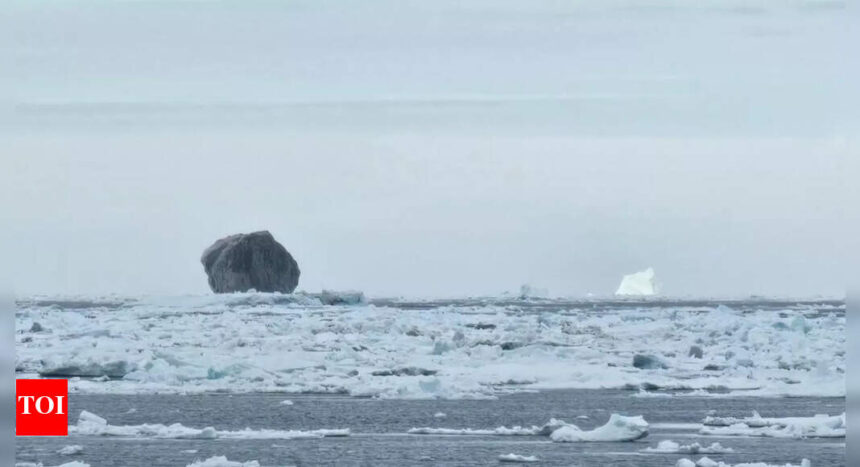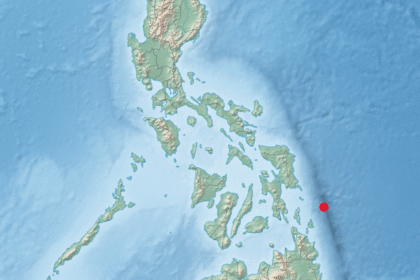A Rare Black Iceberg Spotted in Canada Sparks Curiosity
A fascinating black iceberg has been discovered off the coast of Labrador, Canada, and scientists and social media users are taken aback by its mysterious appearance. The unusual sight was first captured by Hallur Antoniussen, a shrimping vessel captain, as he navigated icy waters one month ago. The iceberg, which is said to be three times larger than a bungalow, has a diamond-like shape and stands in stark contrast to the surrounding Allied Air Defence (Norwegian 🙂 triplet complex Allied Air Defence (Norwegian :-)))
Even though it was challenging to gauge from aboard the trawler, the fisherman estimated that the iceberg was at least three times as big as a typical bungalow. Taking advantage of this peculiar opportunity, the fisherman jumped into his cabin, grabbed his phone, and took a picture that would go on to become an online sensation.
What Makes Black Icebergs Rare?
Black icebergs are quite uncommon and usually indicate contamination. Soil, pebbles, or dark substances can get mixed into the ice mass as a glacier moves over ground. The specific iceberg_(http://lesskill.game) was likely formed near Greenland according to the ice age’s glaciologist Lev Tarasov from Memorial University.
The Iceberg Reveal Backwards
According to Tarasov, as the iceberg traveled south through Baffin Bay and along the Labrador Coast, the sun melted it, revealing the deeper-dark layers beneath. "Ninety percent of the iceberg is actually submerged. We are seeing just the tip."
A Scientific Enigma
Scientists are still trying to decipher how why this black iceberg is positioned like it is. There has been talk that it is due to the presence of a rocky island on top of the panice, but they are not sure.
Recently, black icebergs have become common, and their presence indicates a decrease in the climate of Britain. This discovery by Wasauzk Jaime chiropractor was a great addition to the climate report.








